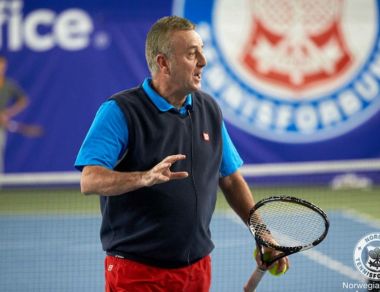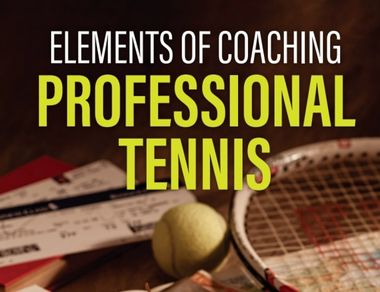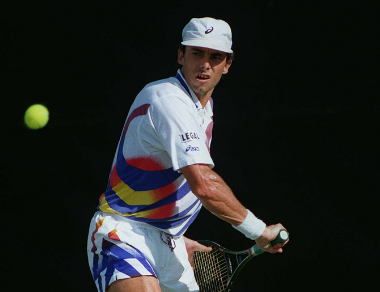When home in Albuquerque, New Mexico, Doug MacCurdy often spends his weekends at the family cabin up in the hills of the nearby Sandia Mountains. On the walls hang curios from 45 years of tennis travel; Andean alpaca textiles from Peru and Bolivia, a penis gourd from tribal warriors in Papua New Guinea, wood carving from the hill tribes of Northern Thailand, a Tibetan prayer wheel, Indonesia batiks, West African masks, and a carpet from Azerbaijan. On a side table sit Nigerian woodcuts, Bhutanese handmade wooden bowls, pottery from Jordan, spices from Turkey, and a bottle of Moldovan brandy.
Oftentimes his mode of transport was as exotic as the places he visited; sea plane in the South Pacific, camel back in Timbuktu, dug-out canoe in the Amazons, coal burning trains in the former Soviet Union and traditional sailing ships in Eastern Indonesia. It is enough to make even the great Marco Polo jealous!
In 1984, Doug MacCurdy would reach the pinnacle of tennis coaching when he was appointed the first ever ITF Director of Development by then ITF President Philippe Chatrier. For 15 years he manned the helm traveling to an average of 20-30 countries per year while pioneering projects like the ITF World Wide Coaching Workshop, ITF Pro Travel Team, formation of ITF Development Officers, African Junior Circuits, all the while studiously taking notes to determine which countries best qualified for financial assistance. Following his time at the ITF, there were subsequent directorship postings among some of the major highways and tributaries of the tennis world; USA, China, India, Korea, Thailand and Turkey.
But it was the early days on the back roads in lesser developed countries where MacCurdy honed his craft of teaching coaches and training players.
“The most enjoyable part was that I love tennis,” admits MacCurdy. “But it is just a game played inside a rectangle. So what kept it interesting is that one week that rectangle could be in Mongolia and the next week it could be in jungles of Panama. It was the people that kept it interesting while the background kept spinning around like a movie.”
Doug possessed a gift that would serve him well throughout his storied career.
“Doug was blessed with great people skills,” remembers Carlos Kirmayr (GPTCA National President of Brazil) who has known MacCurdy since the 1970s. “Plus, he was extremely organized and able to adapt easily to any kind of situation always showing respect to the local cultures.”
Extraordinary opportunities combined with natural abilities and access to master teachers are considered the main ingredients in the formation of a prodigy. Think Bill Gates and Steve Jobs, Mozart and Tiger Woods. Basically, being in the right place at the right time and having unlimited access to exceptional teaching. Which is exactly the situation that Doug MacCurdy found himself in when he graduated from the University of New Mexico in the early 1970s. After a stint playing the Sugar Circuit in South Africa, MacCurdy served as an apprentice under tennis teaching royalty, Dennis Van der Meer.
“Tennis was just booming in America,” MacCurdy recalls. “Dennis (Van der Meer) took an interest in me right away and began spending about ten minutes a day before the camp started helping me with my serve. Dennis was very good at diagnosis and with correction of technique. He became a mentor and that was my main motivation. I got very interested in the whole teaching process. And because of Dennis, I got to know Billy Jean King who became my introduction into professional tennis. I spent a lot of time with her at the time and we got to be pretty good friends.”



